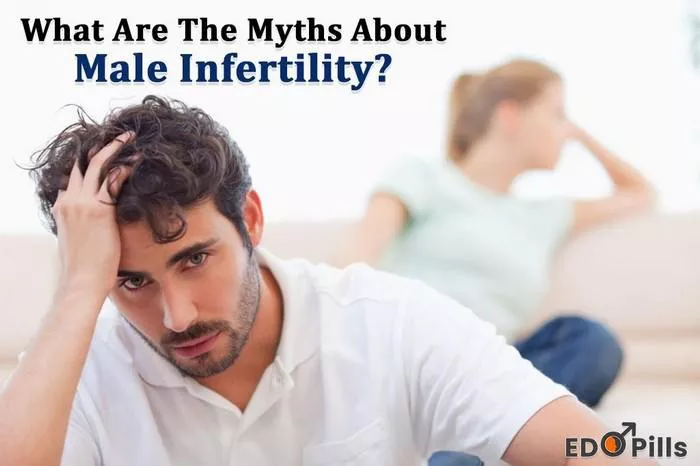This section sets the stage by explaining what blocked fallopian tubes are and how they contribute to female infertility.
Understanding the Anatomy: The Integral Role of the Fallopian Tubes
Here, the structure and function of the fallopian tubes are elaborated upon and how they are critical for fertilization and conception.
Here, we dive into the biological design and functionalities of fallopian tubes, providing insight into their key role in ovum transportation and fertilization.
Blocked Fallopian Tubes: Igniting the Flame of Complications
This segment delves into the main topic by explaining how and why blocked fallopian tubes contribute to infertility and complicated pregnancies, such as ectopic ones.
In this segment, we discuss how blockage in fallopian tubes impedes natural conception; this includes disturbing egg-sperm union and increasing risks of ectopic pregnancies.
Causes of Blocked Fallopian Tubes: Piecing Together the Puzzle
This part discusses the various factors and conditions that can cause these blockages, such as Pelvic Inflammatory Disease (PID), endometriosis, scar tissue or adhesions, and previous surgery in the pelvic area.
This section delves into various causes of this condition, such as sexually transmitted infections leading to Pelvic Inflammatory Disease (PID), effects of endometriosis, surgical scarring, history of ectopic pregnancy, and more.
Symptoms and Diagnosis: Connecting the Dots
This chapter explains the potential signs one might experience if they have blocked fallopian tubes, and the range of diagnostic tests available to confirm the blockage, such as HSG (hysterosalpingogram), laparoscopy, and more.
This chapter explains potential symptoms of blocked tubes like pelvic pain and infertility. Diagnostic procedures like Hysterosalpingography (HSG), Sonohysterography, and Laparoscopy are detailed here.
Is it Curable?: Shining the Light of Hope
Here, we discuss the main query – whether or not a blocked fallopian tube can be cured.
This section covers the crux of the matter, discussing available treatments to cure or sidestep the issue of blocked fallopian tubes.
Surgical Interventions: A Route to Unblock
This section explores the different surgical options to treat blocked fallopian tubes, including tubal reanastomosis, fimbrioplasty, salpingostomy, and tubal cannulation.
Different surgical options aimed to open up blocked tubes like Tubal Reanastomosis, Salpingectomy, Fimbrioplasty, and Tubal Cannulation are explored in-depth, outlining their procedures and success rates
Beyond Surgery: Withstanding the Block with Assisted Reproductive Technology
This part explains how infertility due to blocked fallopian tubes could be circumvented with procedures like In Vitro Fertilization (IVF).
For those unable or unwilling to undergo surgery, Assisted Conception Procedures like In Vitro Fertilization (IVF) and Intracytoplasmic Sperm Injection (ICSI) are also potential paths to parenthood; these are detailed in this part.
Natural Remedies and Lifestyle Modifications: Channelizing the Change
Here, the role of dietary changes, physical therapy, nutritional supplements, and other holistic approaches to improve fallopian tube health and fertility is discussed.
This section discusses potential benefits and scientific evidence behind dietary changes, acupuncture, physical therapy, and taking certain nutritional supplements, which could improve fallopian tube health and overall fertility.
Prevention: Building a Shield
This section focuses on preventive measures that one can take to reduce the risk of developing blocked fallopian tubes.
Here, we discuss preventive strategies, like practicing safe sex, getting timely treatment for infections, pregnancy planning to avoid ectopic pregnancies, and regular health check-ups to reduce risk.
Navigating Potential Risks and Complications: A Prudent Approach
This part discusses the potential risks involved in surgical interventions and the importance of balanced decision-making in consultation with healthcare providers.
Conclusion: Courage to Conquer the Block
This final section wraps up the discussion by addressing the hopeful yet realistic prospects for women with blocked fallopian tubes in achieving pregnancy.
[inline_related_posts title=”You Might Be Interested In” title_align=”left” style=”list” number=”6″ align=”none” ids=”1405,1408,1411″ by=”categories” orderby=”rand” order=”DESC” hide_thumb=”no” thumb_right=”no” views=”no” date=”yes” grid_columns=”2″ post_type=”” tax=””]























